AO Edited
Equestrian Statue of the Duke of Wellington
Now overlooking the Home of the British Army, this gargantuan statue was removed from its original location in London.
Measuring 30 feet tall, this statue of the First Duke of Wellington stands out in the Hampshire town of Aldershot. If its size makes it seem out of place, that’s because it is. The massive statue originally stood upon a large arch in London, but public disapproval led it to be moved to a new location.
Erected in the 19th century to honor the First Duke of Wellington, Arthur Wellesley, this sculpture was intended to stand upon the Wellington Arch in Hyde Park. The arch was built to commemorate the victory at the Battle of Waterloo against Napoleon, and the addition of this mighty statue—cast from the very French cannons Wellington’s troops captured—was meant to recognize Wellington’s service to his country, including his time as Prime Minister.
Almost as long as it is tall, the statue shows the Duke of Wellington mounted on his famed steed Copenhagen. The Duke even made a rare exception and personally sat for the sculptor. Copenhagen, however, had died several years before, so his role was modeled by another horse (a rather poor resemblance, many felt). This was the beginning of a growing sense of disapproval for the statue.
Once completed and positioned upon Wellington Arch in 1846, the statue was the largest of its kind in Great Britain. So large, in fact, that Copenhagen’s legs were made of solid metal to support the total weight of the statue. Yet people avoided walking through the arch. Many felt, after seeing the statue seemingly perilously balanced upon the arch, that the statue was too large and grossly out of proportion. The disapproval was so great that the architect of Wellington Arch, Decimus Burton, left funds in his will for the statue’s removal. Even Queen Victoria, a personal friend and admirer of Wellington, considered his sculpture a blight upon her view from Buckingham Palace.
Ultimately, it was agreed that the statue must be moved. This would not be possible in the Duke of Wellington’s lifetime, for it would be seen as a slight. It wasn’t until over 30 years after Wellington’s death that Edward, Prince of Wales and the future King, was able to suggest the statue be moved to Aldershot.
By that time Aldershot was considered Home of the British Army, and the statue of this great military general would be more highly regarded in such a location. In 1884, the 40-ton statue was transported to the Round Hill in Aldershot, overlooking the town and its Royal Garrison Church from a small hill. The statue is now much admired as a symbol of Aldershot’s military present and past. The move from the Wellington Arch to Aldershot has left the statue at a lower elevation also, allowing the public to appreciate with greater clarity the detail, craftsmanship, and size of the Duke and his steed.
Know Before You Go
Following the signs to the statue leads to a car park at the base of the statue.
Steep rough steps lead up to the statue itself, although the sheer scale of it means it can easily be admired from below.
The road and the car park both close at 8pm, so leave plenty of time.

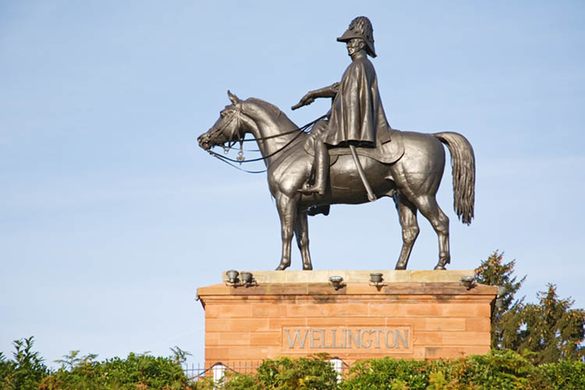
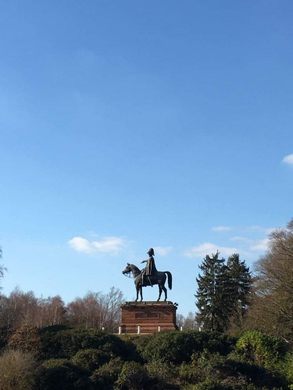

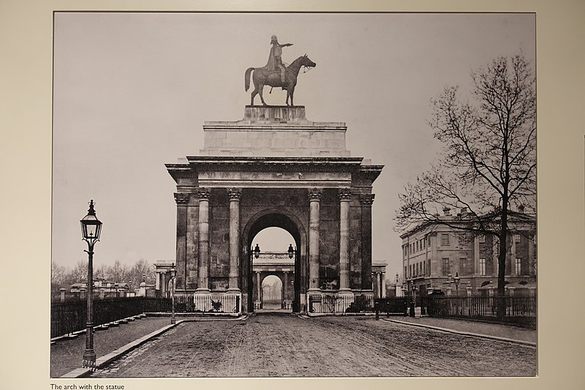
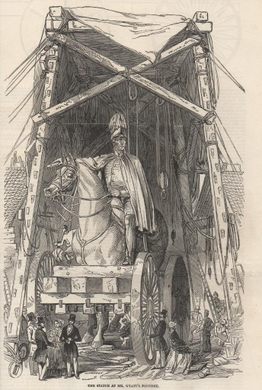
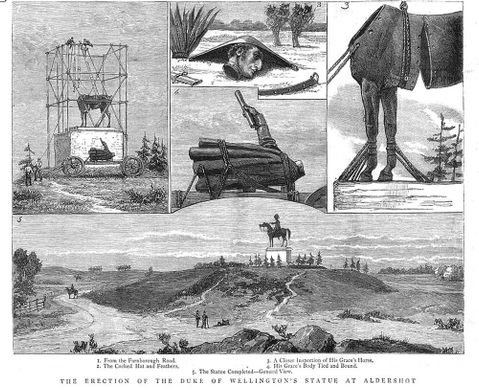


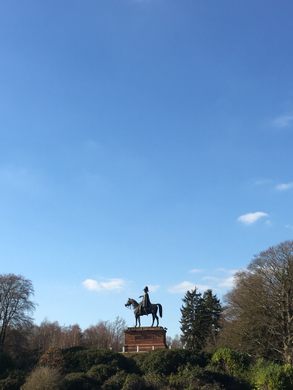

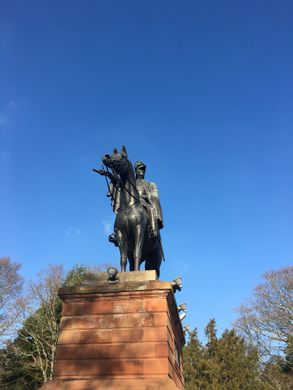





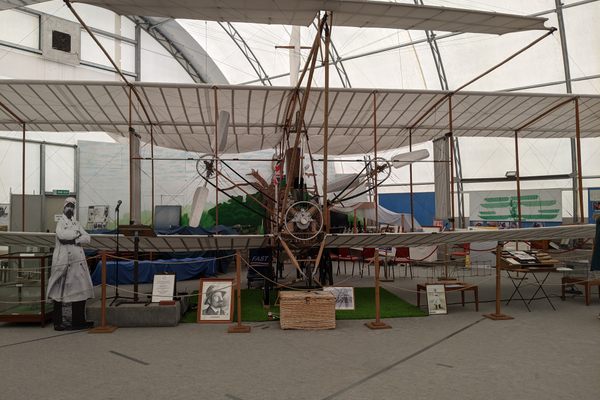

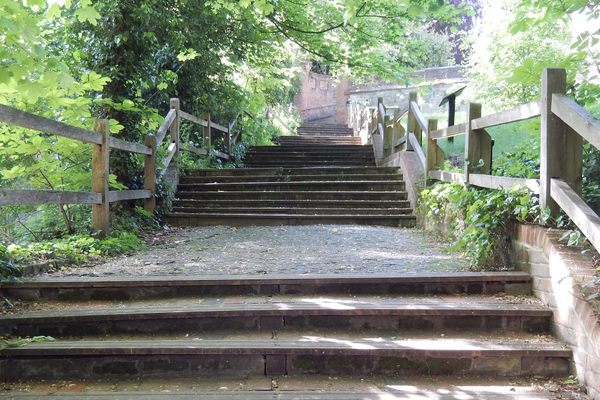


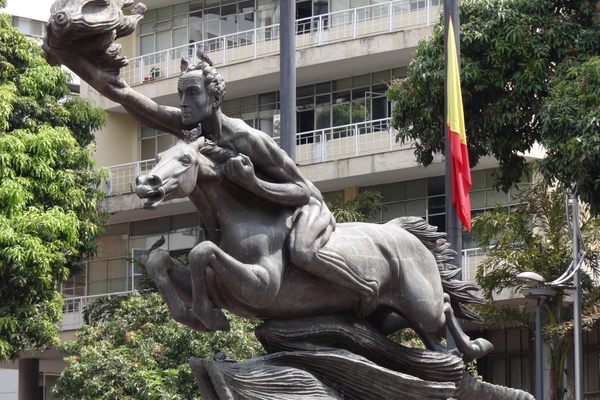


Follow us on Twitter to get the latest on the world's hidden wonders.
Like us on Facebook to get the latest on the world's hidden wonders.
Follow us on Twitter Like us on Facebook